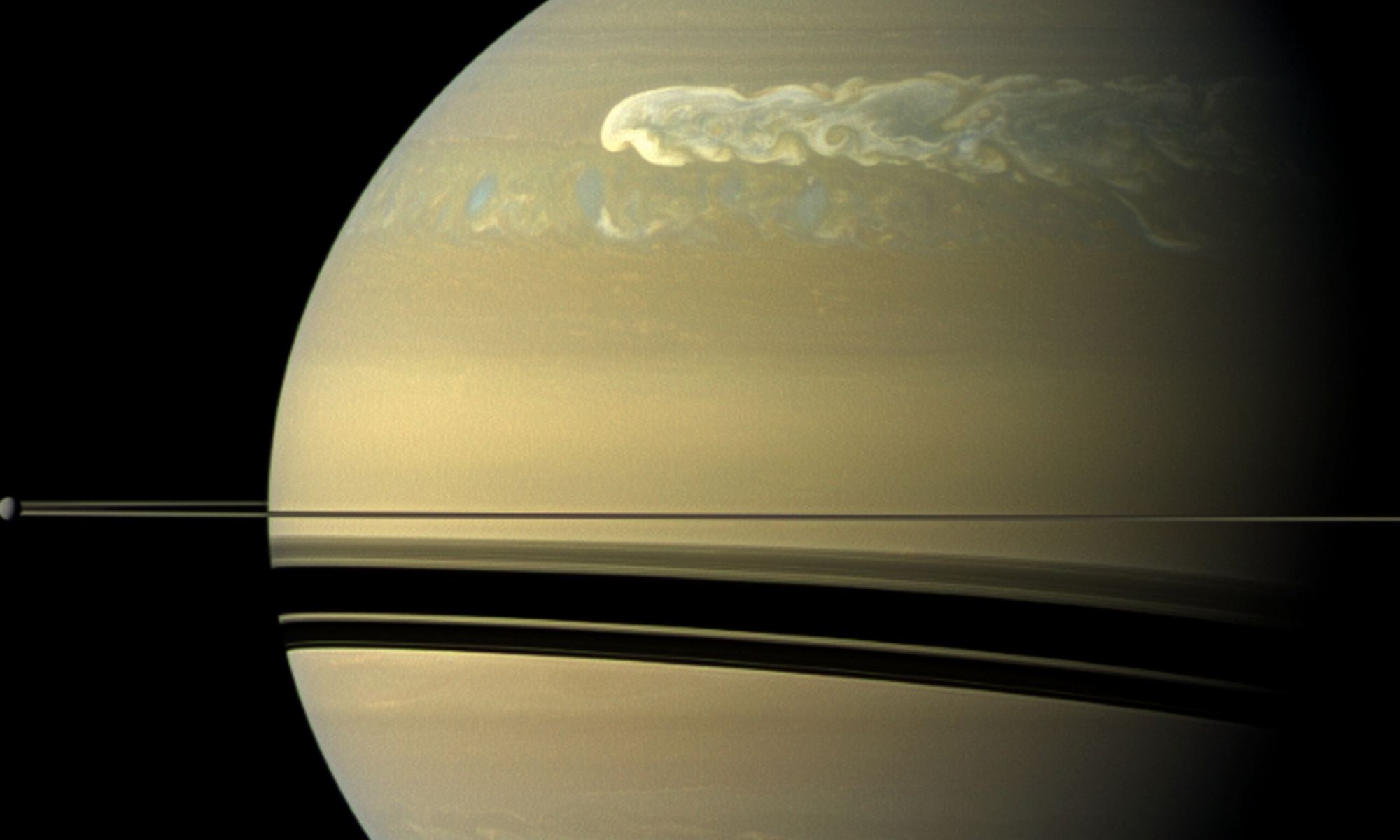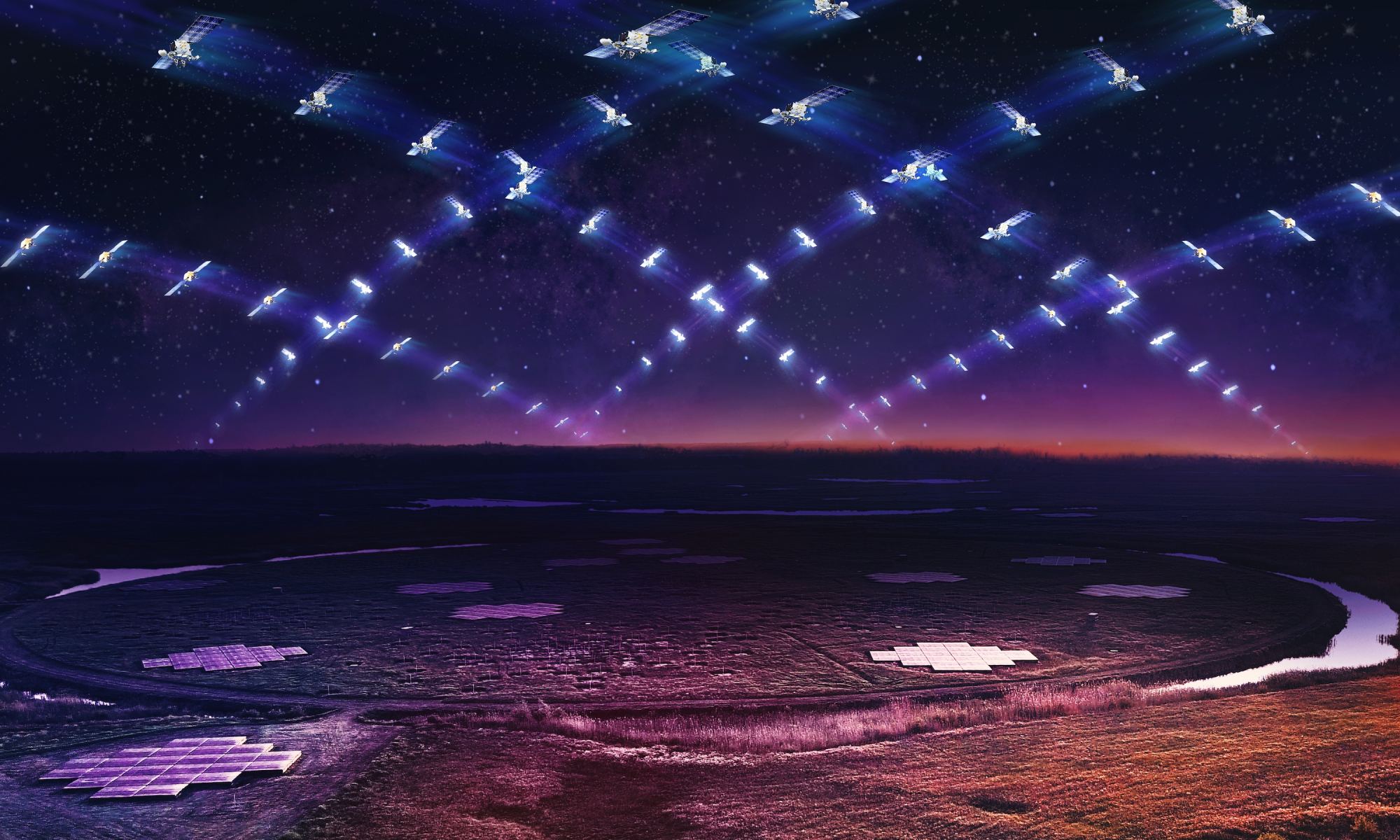The Great Red Spot of Jupiter is a storm that has raged for hundreds of years. It was first observed by Gian Domenico Cassini in 1665, and except for a period between 1713 to 1830, it has been observed continuously ever since. Even if Cassini’s storm is not the one we see today, the current red spot has been around for nearly two centuries. While great storms appear now and then on Saturn and other gas planets, they don’t have the staying power of Jupiter’s great storm. Or so we thought.
Continue reading “Storms on Saturn Can Have Impacts That Last for Hundreds of Years”What Does 60 Years of Silence Tell Us About the Search for Extraterrestrials?
Aliens are big in the news recently, fueled by congressional hearings about Unidentified Anomalous Phenomena (UAPs), formally known as UFOs. But while the idea of aliens visiting Earth may be exciting, the better bet is still the idea that aliens might exist on distant worlds. We already know potentially habitable planets are common and intelligent life has arisen on at least one world, so why not many? But after 60 years of searching for evidence of extraterrestrials “out there,” we’ve found nothing. So what does that tell us?
Continue reading “What Does 60 Years of Silence Tell Us About the Search for Extraterrestrials?”Did That Message Come From Earth or Space? Now SETI Researchers can be Sure

In radio astronomy, there are lots of natural radio signals to observe. The glow of hydrogen gas, the swirl of electrons along a magnetic field, or the pop-pop-pop of pulsars. These signals usually have a very natural character to them, so astronomers can distinguish them from the artificial chirps and chatters of terrestrial sources. But when you’re looking for the signals of alien civilizations, things can get more tricky. They should have an artificial character similar to the radio signals of humans. So how can astronomers distinguish between the distant artificial signal and the local ones?
Continue reading “Did That Message Come From Earth or Space? Now SETI Researchers can be Sure”Your Oven Gets Hotter Than This Star
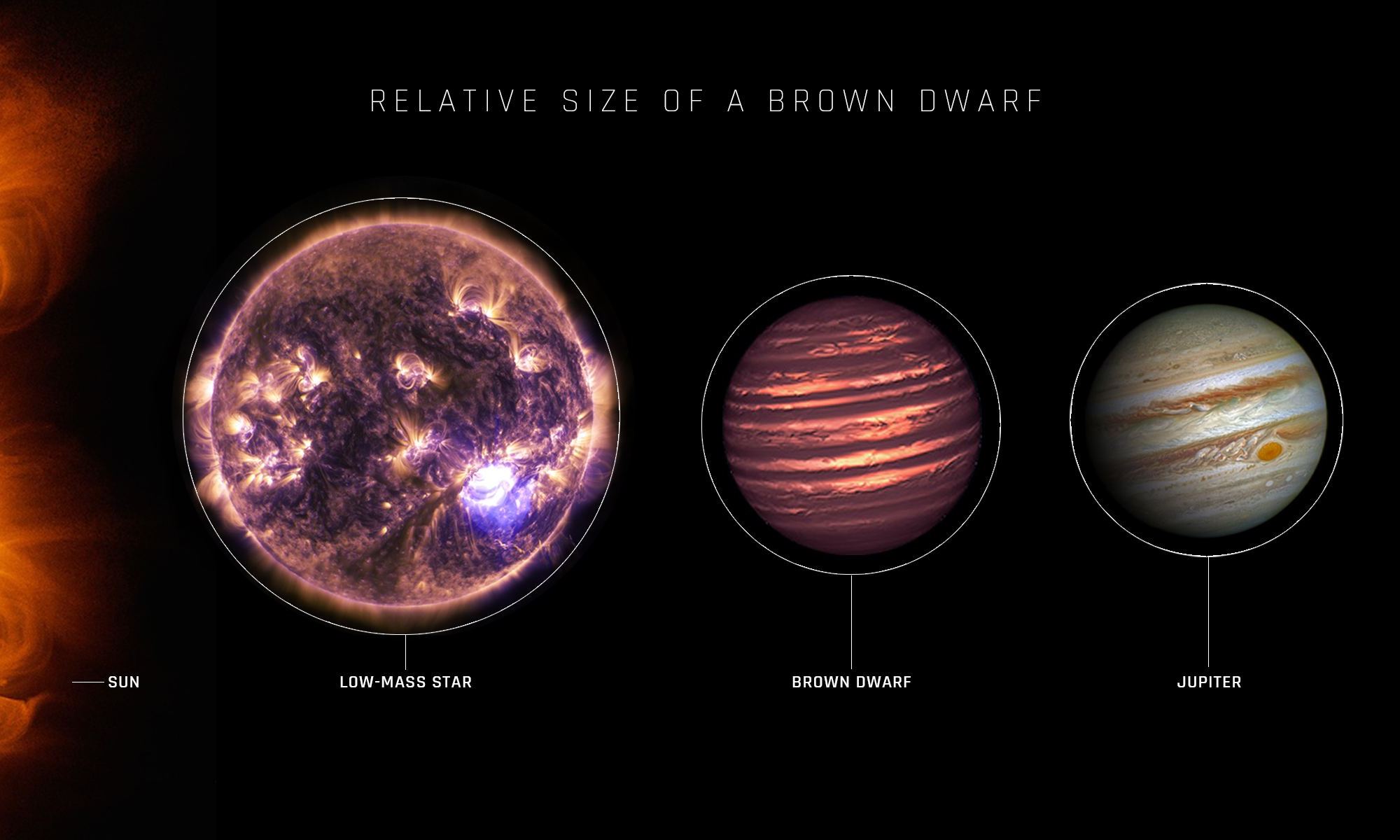
Nuclear fusion is what separates stars from planets. Stars are massive enough to fuse hydrogen in their cores, while planets are not. But in between these two categories are brown dwarfs, which are massive enough to experience some nuclear fusion, just not hydrogen. The largest of them are hot and star-like. The smallest of them are barely warm enough to bake a pizza.
Continue reading “Your Oven Gets Hotter Than This Star”Astronomers Map out the Radio Waves Coming From Large Satellite Constellations
Satellite internet constellations such as Starlink have the potential to make connect nearly the entire world. Starlink already provides internet access to remote areas long excluded by the internet revolution, and other projects such as OneWeb and Project Kuiper are in the works. But there are side effects to creating a massive array of low-orbit satellites, and one of them is the potentially serious effect on astronomy.
Continue reading “Astronomers Map out the Radio Waves Coming From Large Satellite Constellations”Not All Type 1a Supernovae are Created Equally

Supernovae are brilliant explosions that can, for a time, outshine an entire galaxy. They come in two broad types: Type I and Type II. Type II supernovae are what are known as core-collapse supernovae. They occur when a massive dying star fuses ever heavier elements in its core until it runs out of energy options and its core collapses under its own weight, which triggers the explosion. Type I supernovae occur when…well, it’s complicated. But we’re learning more thanks to a new observation by radio astronomers.
Continue reading “Not All Type 1a Supernovae are Created Equally”A 500-Meter-Long Asteroid Flew Past Earth, and Astronomers Were Watching
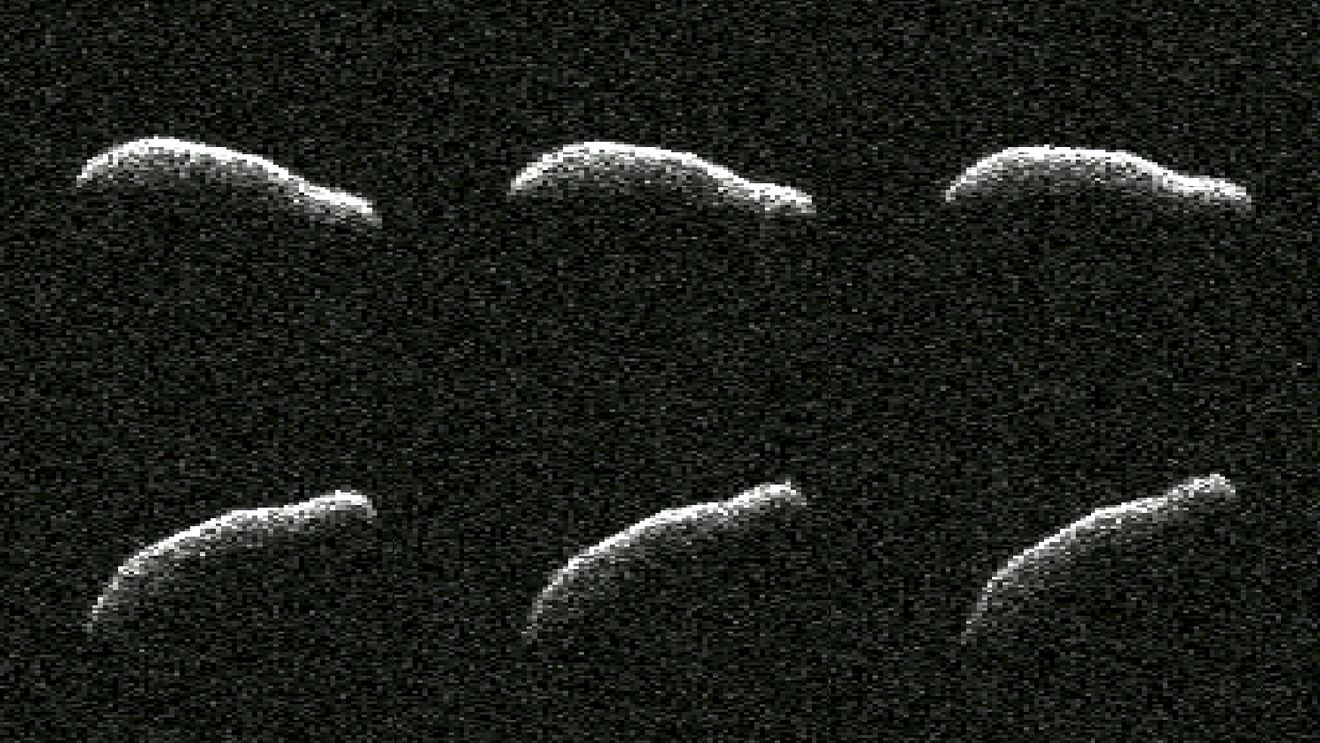
An asteroid the size of the Empire State Building flew past Earth in early February, coming within 1.8 million km (1.1 million miles) of our planet. Not only is it approximately the same size as the building, but astronomers found the asteroid – named 2011 AG5 — has an unusual shape, with about the same dimensions as the famous landmark in New York City.
“Of the 1,040 near-Earth objects observed by planetary radar to date, this is one of the most elongated we’ve seen,” said Lance Benner, principal scientist at JPL who helped lead the observations, in a JPL press release.
This extremely elongated asteroid has a length-to-width ratio of 10:3.
Continue reading “A 500-Meter-Long Asteroid Flew Past Earth, and Astronomers Were Watching”The World's Largest Radio Telescope Just Scanned 33 Exoplanets for a Signal From Aliens
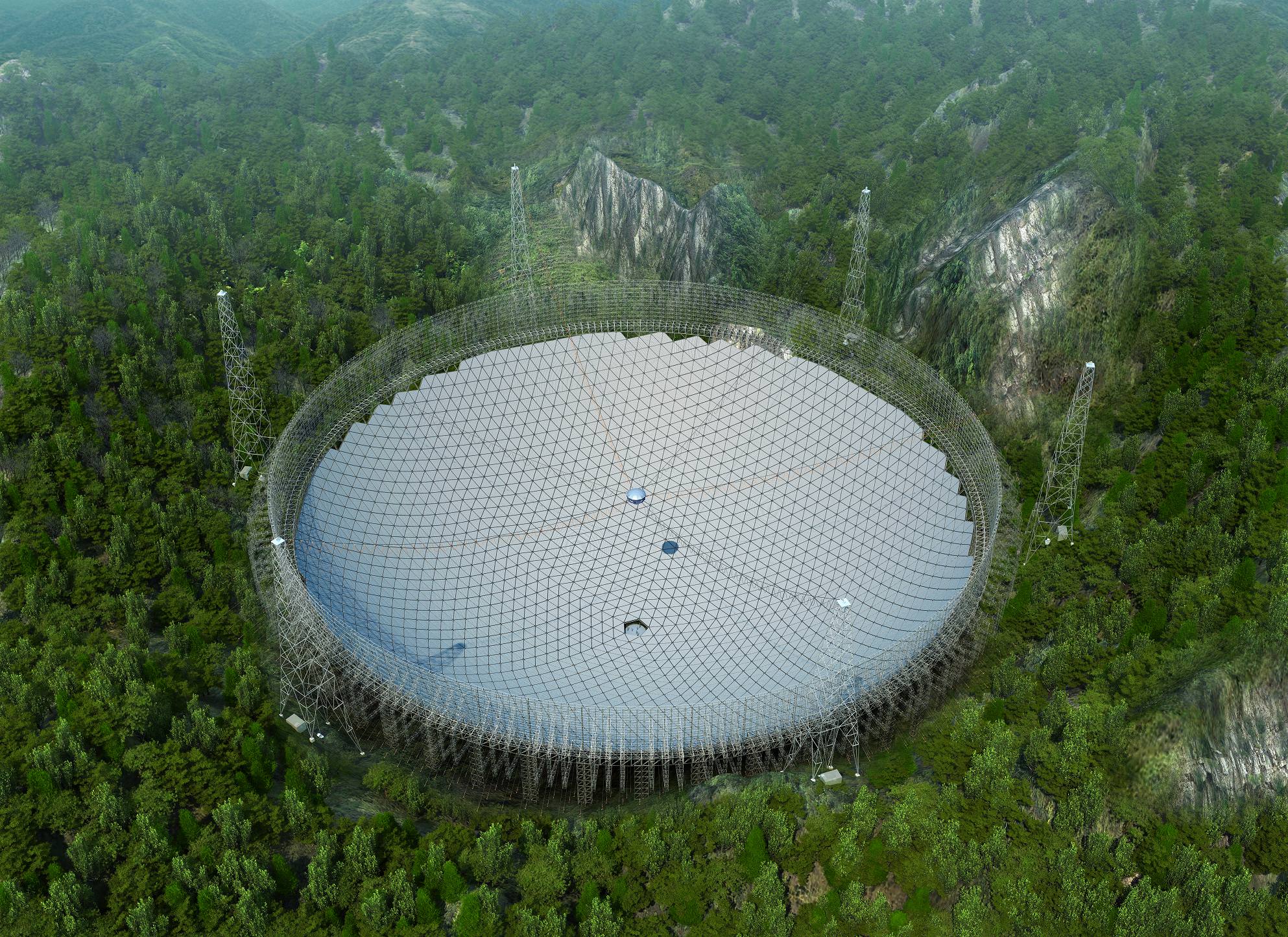
The Five-hundred-meter Aperture Spherical Telescope (FAST), located in China, is currently the world’s largest and most sophisticated radio observatory. While its primary purpose is to conduct large-scale neutral hydrogen surveys (the most common element in the Universe), study pulsars, and detect Fast Radio Bursts (FRBs), scientists have planned to use the array in the Search for Extraterrestrial Intelligence (SETI). Integral to this field of study is the search for technosignatures, signs of technological activity that indicate the presence of an advanced civilization.
While many potential technosignatures have been proposed since the first surveys began in the 1960s, radio transmissions are still considered the most likely and remain the most studied. In a recent survey, an international team of SETI researchers conducted a targeted search of 33 exoplanet systems using a new method they call the “MBCM blind search mode.” While the team detected two “special signals” using this mode, they dismissed the idea that they were transmissions from an advanced species. Nevertheless, their survey demonstrated the effectiveness of this new blind mode and could lead to plausible candidate signals in the future.
Continue reading “The World's Largest Radio Telescope Just Scanned 33 Exoplanets for a Signal From Aliens”Astronomers are Working on a 3D map of Cosmic Dawn
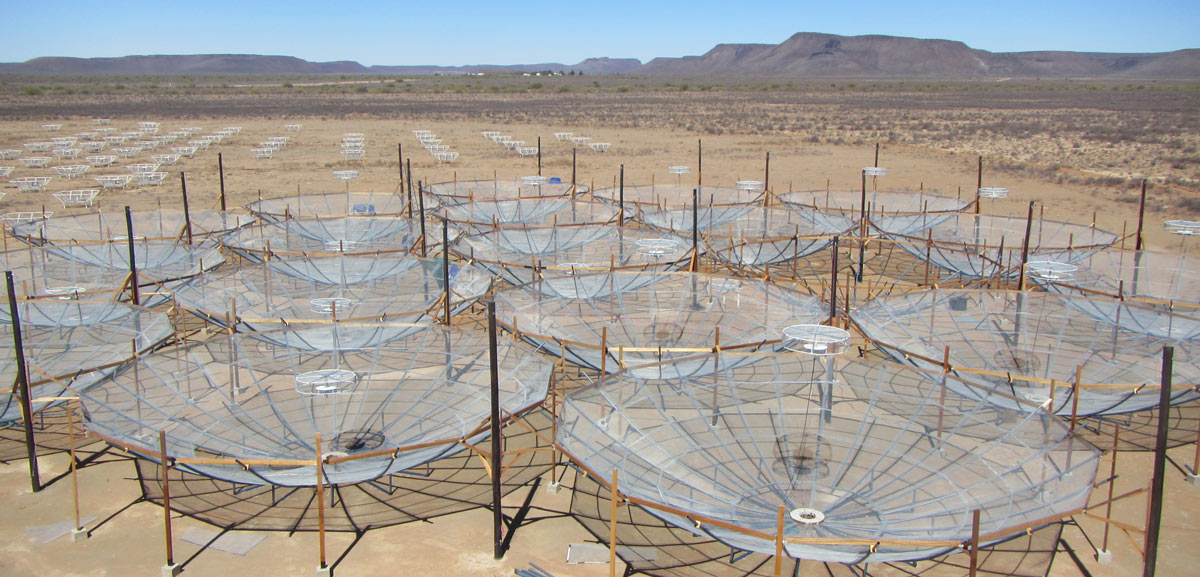
The frontiers of astronomy are being pushed regularly these days thanks to next-generation telescopes and scientific collaborations. Even so, astronomers are still waiting to peel back the veil of the cosmic “Dark Ages,” which lasted from roughly 370,000 to 1 billion years after the Big Bang, where the Universe was shrouded with light-obscuring neutral hydrogen. The first stars and galaxies formed during this same period (ca. 100 to 500 million years), slowly dispelling the “darkness.” This period is known as the Epoch of Reionization, or as many astronomers call it: Cosmic Dawn.
By probing this period with advanced radio telescopes, astronomers will gain valuable insights into how the first galaxies formed and evolved. This is the purpose of the Hydrogen Epoch of Reionization Array (HERA), a radio telescope dedicated to observing the large-scale structure of the cosmos during and before the Epoch of Reionization located in the Karoo desert in South Africa. In a recent paper, the HERA Collaboration reports how it doubled the array’s sensitivity and how their observations will lead to the first 3D map of Cosmic Dawn.
Continue reading “Astronomers are Working on a 3D map of Cosmic Dawn”Astronomers Find 25 Fast Radio Bursts That Repeat on a Regular Basis
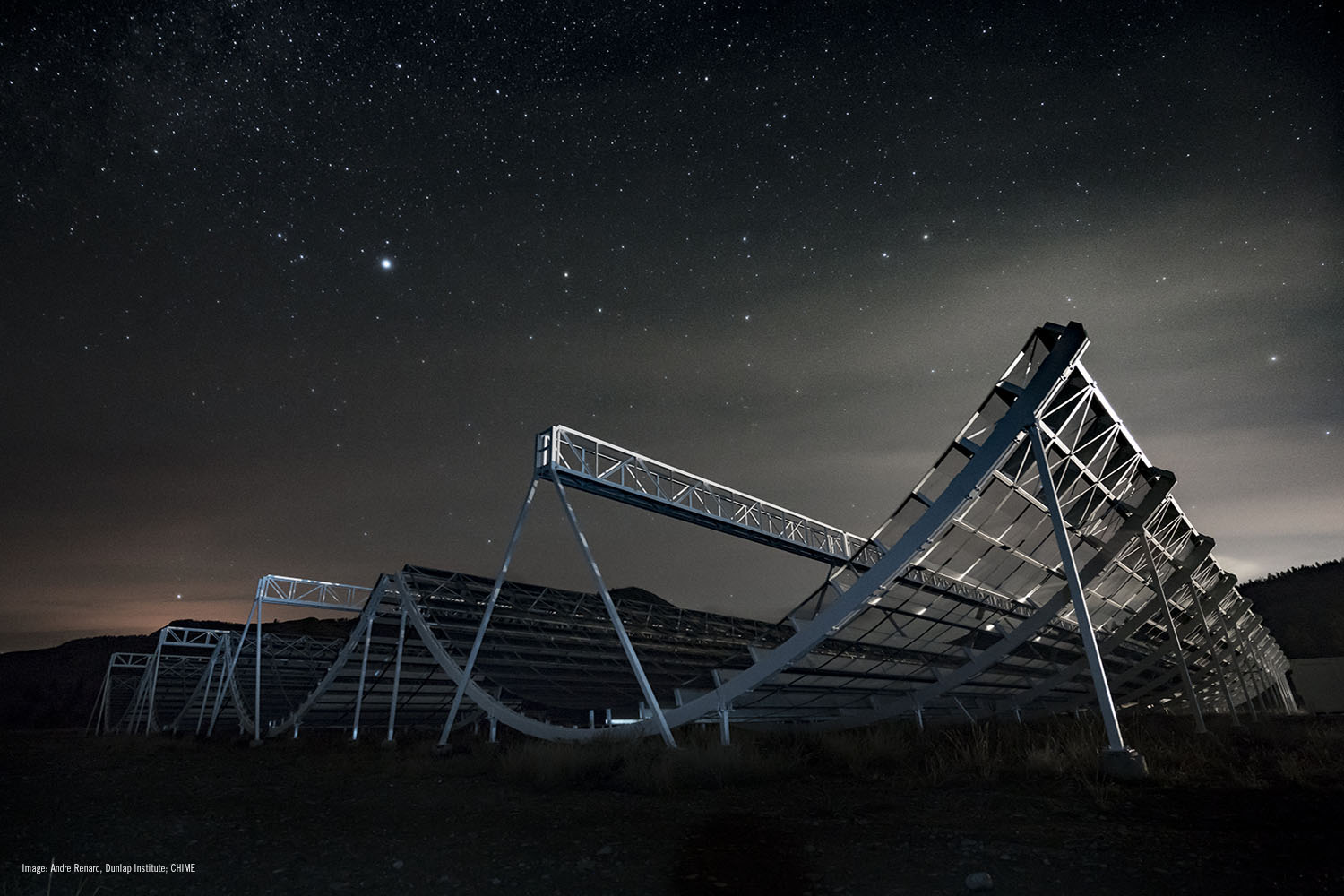
Like Gravitational Waves (GWs) and Gamma-Ray Bursts (GRBs), Fast Radio Bursts (FRBs) are one of the most powerful and mysterious astronomical phenomena today. These transient events consist of bursts that put out more energy in a millisecond than the Sun does in three days. While most bursts last mere milliseconds, there have been rare cases where FRBs were found repeating. While astronomers are still unsure what causes them and opinions vary, dedicated observatories and international collaborations have dramatically increased the number of events available for study.
A leading observatory is the Canadian Hydrogen Intensity Mapping Experiment (CHIME), a next-generation radio telescope located at the Dominion Radio Astrophysical Observatory (DRAO) in British Columbia, Canada. Thanks to its large field of view and broad frequency coverage, this telescope is an indispensable tool for detecting FRBs (more than 1000 sources to date!) Using a new type of algorithm, the CHIME/FRB Collaboration found evidence of 25 new repeating FRBs in CHIME data that were detected between 2019 and 2021.
Continue reading “Astronomers Find 25 Fast Radio Bursts That Repeat on a Regular Basis”
